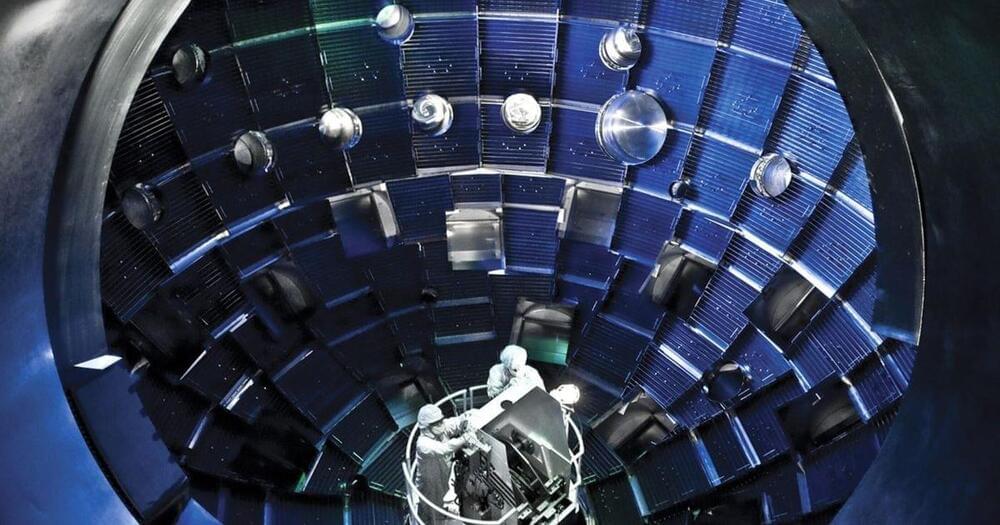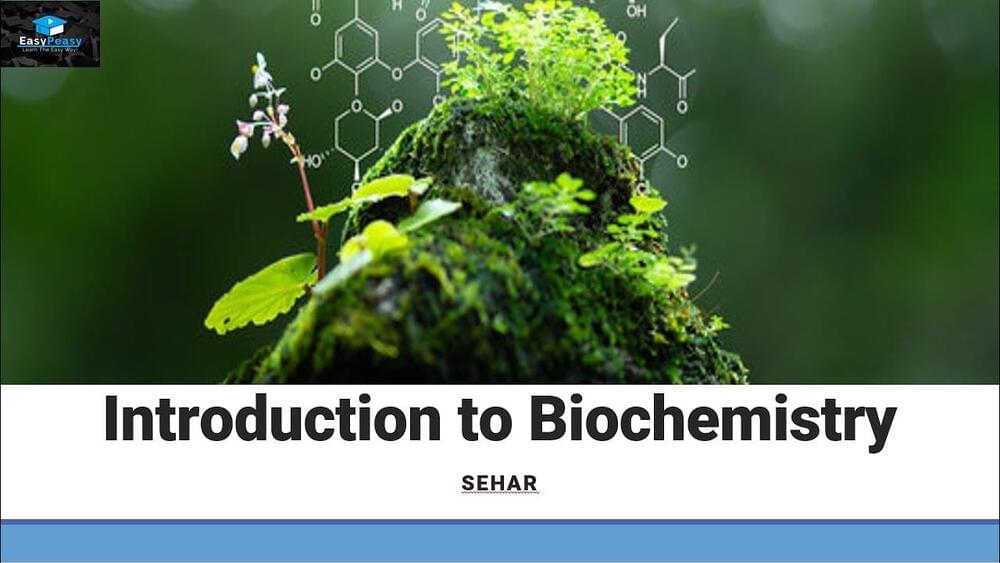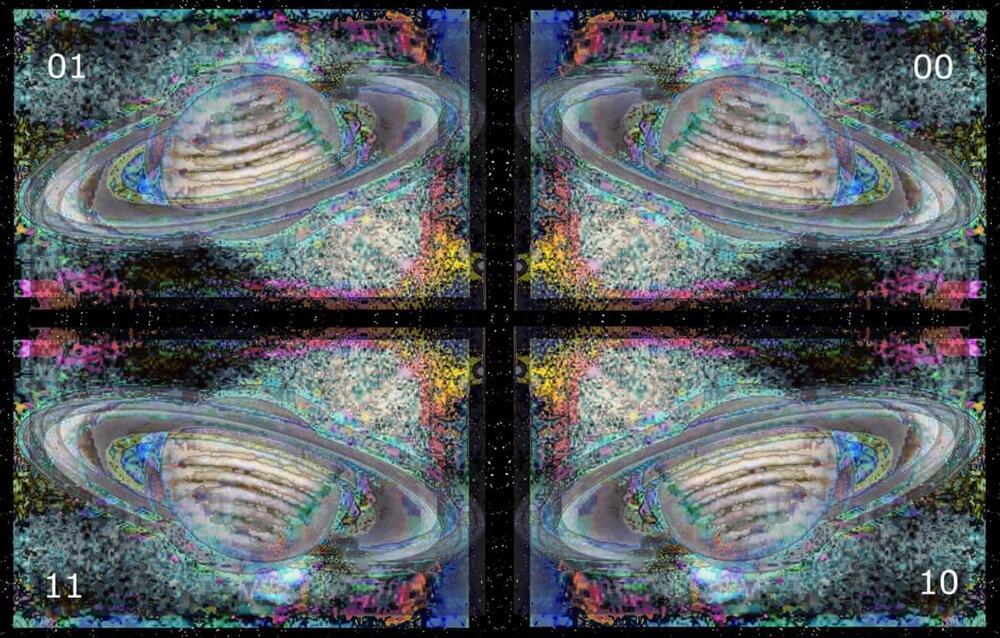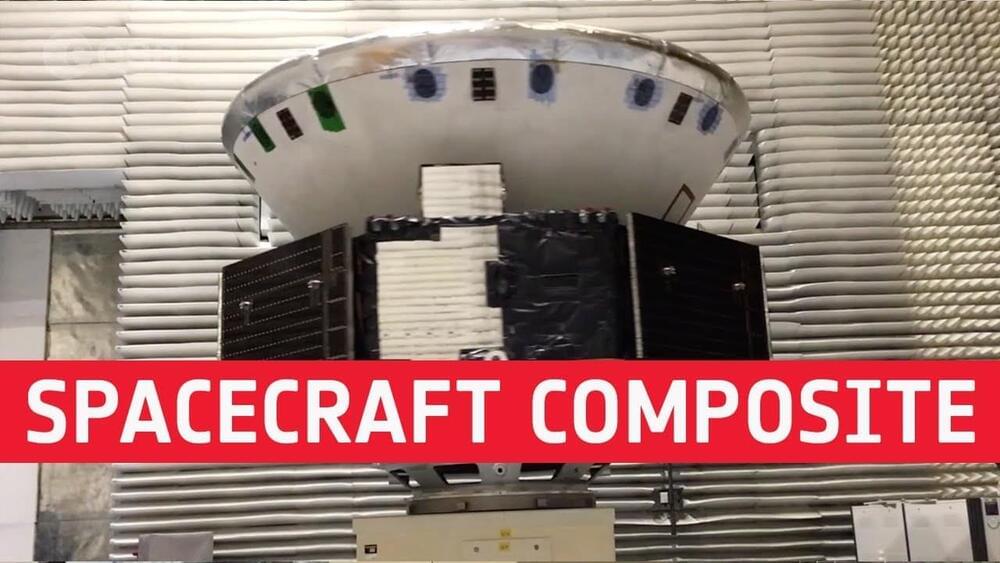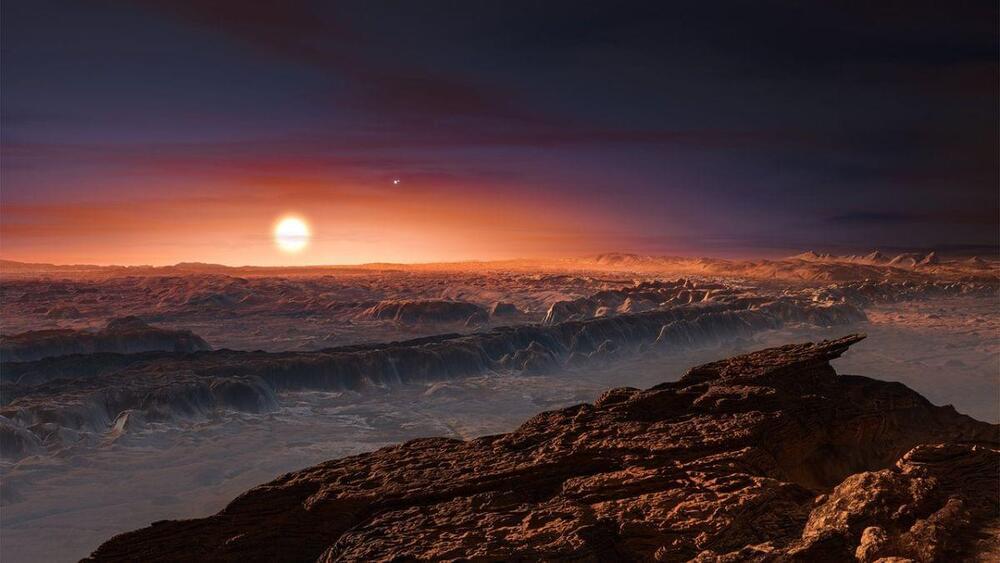A laser blast in California ignites a fleeting, self-sustaining chain reaction.
Electrification is slower in coming to naval design, but CentrostileDesign is already imagining the luxury boat of tomorrow. It is fully electric, incredibly fast, completely sustainable and very dramatic.
Introduction to Biochemistry
Posted in biotech/medical, chemistry
#Biology #biochemistry #Biochemist #biotech #bio
This video explains introduction to biochemistry.
Thank You For Watching.
Please Like And Subscribe to Our Channel: https://www.youtube.com/EasyPeasyLearning.
Like Our Facebook Page: https://www.facebook.com/learningeasypeasy/
Three reasons why it falls short.
Isaac Newton invented physics as we know it. And one of the ways he did so was that he formalized the initial condition problem into calculus — the mathematics of change.
A Razer Synapse zero-day vulnerability has been disclosed on Twitter, allowing you to gain Windows admin privileges simply by plugging in a Razer mouse or keyboard.
Razer is a very popular computer peripherals manufacturer known for its gaming mouses and keyboards.
When plugging in a Razer device into Windows 10 or Windows 11 the operating system will automatically download and begin installing the Razer Synapse software on the computer. Razer Synapse is software that allows users to configure their hardware devices, set up macros, or map buttons.
Related: Ethereum’s London hard fork sets ETH on a more deflationary path
For some, it’s easier to burn money than to coordinate and fund public goods. As a confessed humanist, that’s massively disappointing to me. This fundamental shift would have been tremendous support for research and development and innovation that maximizes community benefit and the thriving (rather than survival) of more transparent nonprofits. Developments in this space would make unbelievable strides forward for Ethereum and broader society.
The building blocks are here for humans to coordinate and reward those who create a lasting impact. NFTs, DAOs and retroactive public funding make it easier to put humanity first. We’re at a monumental moment for pro-social organizations, where public goods like ending world hunger, championing human rights and economic empowerment can be designed for the long run.
The European Space Agency (ESA) and Roscosmos are preparing for the2022launch of the next mission in their joint ExoMars program, which is currently undergoing final testing before shipment to Kazakhstan for a launch in September next year.
The2022astrobiology mission will see the long-awaited Rosalind Franklin rover land on Mars with the help of the Russian Kazachok lander. The lander will also perform experiments on the Martian surface after deploying Rosalind Franklin as the two craft work together to search for signs of past life on the Red Planet.
After construction delays, missed Martian transfer windows, and the COVID-19 pandemic, Rosalind Franklin, Kazachok, and the other ExoMars2022mission systems have been completing important testing milestones ahead of shipment to Kazakhstan for launch on a Proton rocket next year.
The World’s Largest Computer Chip
Posted in robotics/AI
In the race to accelerate A.I., the Silicon Valley company Cerebras has landed on an unusual strategy: go big.
If we ever want to take pictures of an Earth-like exoplanet, we need to think bigger than the biggest telescopes on Earth.
Understanding anything about a planet a billion miles from Earth is difficult.
Saturn’s core may be much bigger and “fuzzier” than previously thought, according to a new study of the planet’s rings using data from NASA’s Cassini.
